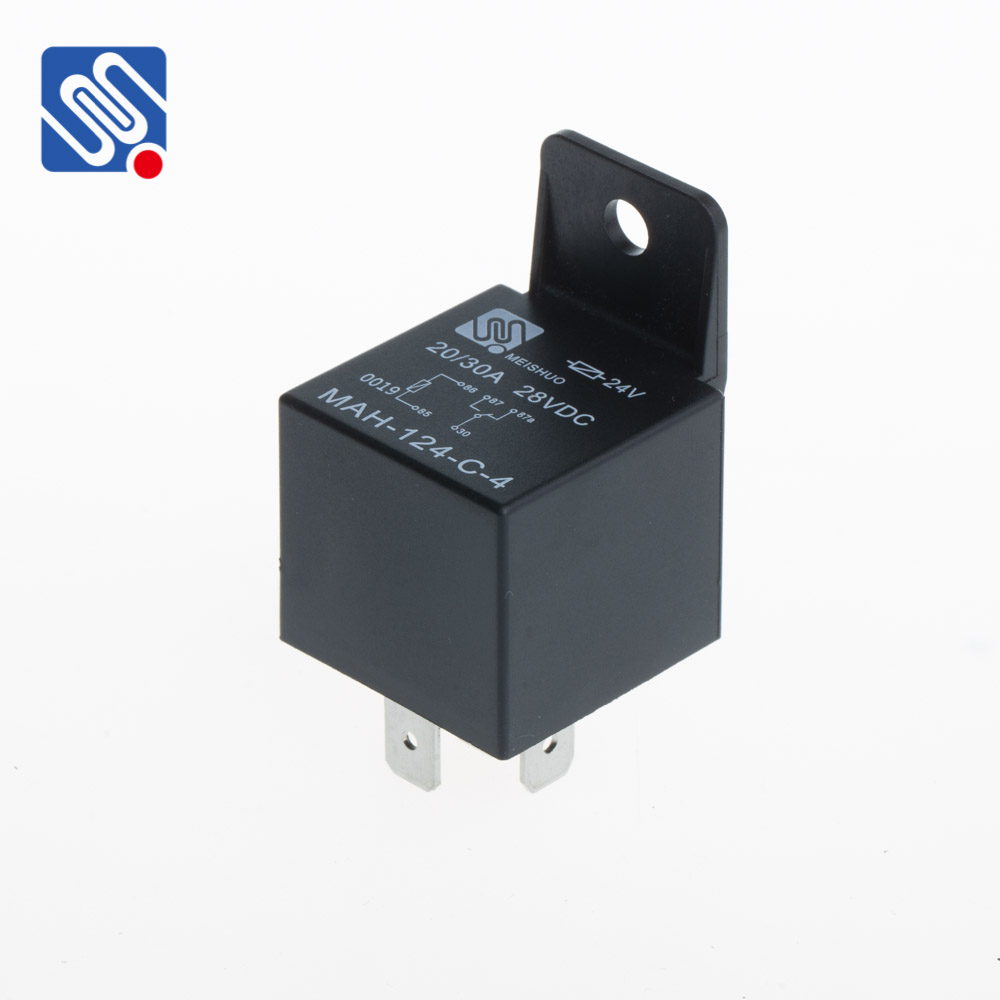relay operation guide: ensuring efficient and safe electrical system management
Release time:2025-06-06 09:23:52
Relays are essential components in modern electrical systems, offering a simple yet effective means of controlling circuits and protecting systems from damage. A relay is an electrically operated switch that opens or closes a circuit based on a control signal. Relays play an integral role in various applications, including industrial automation, safety systems, and communication networks. This guide will provide an overview of how relays operate, their different types, and best practices for their use and maintenance to ensure efficient and safe operation.

Understanding Relay Operation
At its core, a relay consists of an electromagnet (coil), a set of contacts, and a spring mechanism that returns the contacts to their default position when no current is applied to the coil. When an electric current flows through the coil, it generates a magnetic field that moves a set of contacts, either opening or closing the circuit. Depending on the configuration, relays can be used to control high-voltage circuits with a low-voltage signal, making them invaluable in systems where electrical isolation is necessary.
The operation of a relay begins when a control signal (usually from a switch or sensor) is applied to the relay coil. This current energizes the coil, causing it to generate a magnetic field. The field then attracts or repels an armature, which in turn moves the contacts into their new position. When the current to the coil is cut off, the spring mechanism pulls the armature back to its resting position, thereby returning the contacts to their original state.

